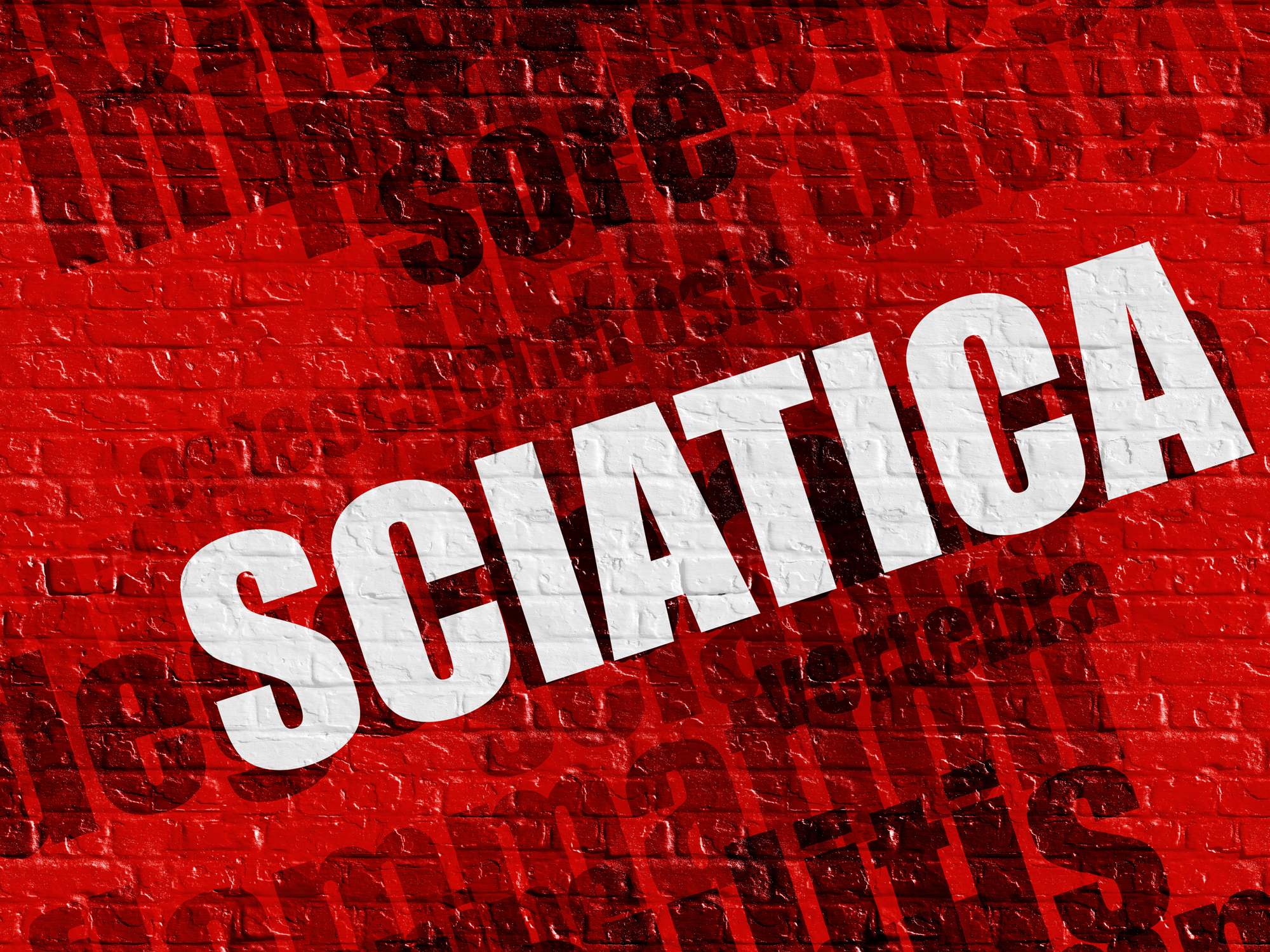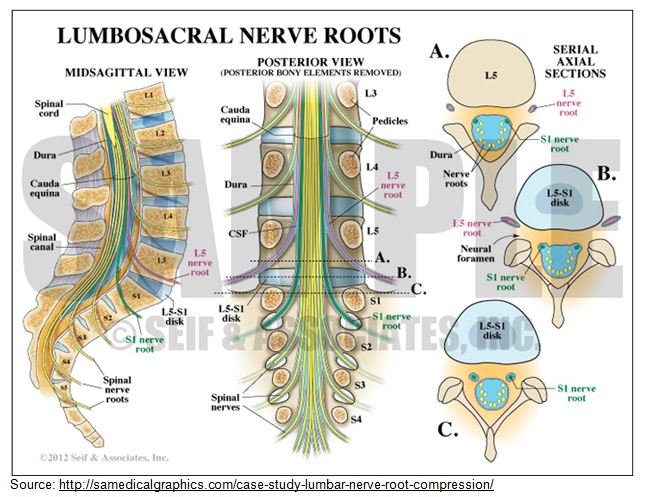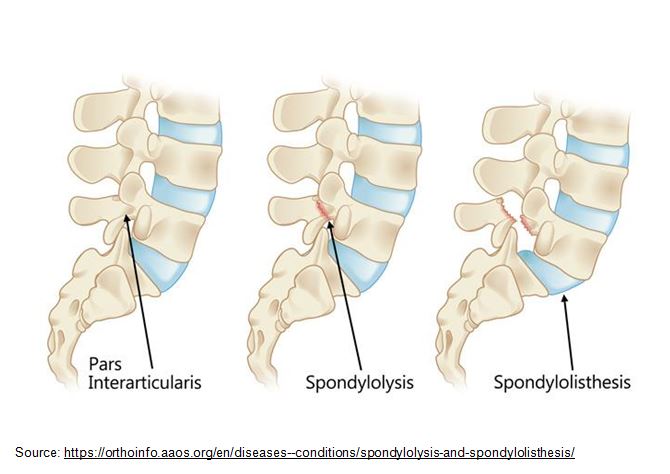Get Easy Health Digest™ in your inbox and don’t miss a thing when you subscribe today. Plus, get the free bonus report, Mother Nature’s Tips, Tricks and Remedies for Cholesterol, Blood Pressure & Blood Sugar as my way of saying welcome to the community!
Seeking sciatica pain relief

Sciatica pain is unfortunately too common. Sadly it’s another health issue that might be chalked up to our sedentary lifestyle habits…
After all, some of the risk factors for this type of back pain that can travel across your buttocks and down your leg include obesity, prolonged sitting and diabetes. Exercising regularly and maintaining good posture can help you avoid it, along with using smart techniques for heavy lifting.
If you don’t suffer it, try to make changes to avoid it now. Buttock and posterior thigh pain from sciatic nerve irritation can be persistent and debilitating.
Let’s look at causes and also the best ways to treat this condition.
What does sciatica feel like?
Below your lumbar spine is the sacrum. Here is where your sacral nerve roots 1, 2, and 3 exit from your spinal cord to comprise the sciatic nerve. When this nerve is irritated or damaged, you’ll experience near constant pain — and likely also tingling, numbness, or even weakness — in your buttock and going down the back of your affected thigh, leg and sometimes into your foot. The dull pain is often worse when sitting and can be sharp which limits standing or walking. Symptoms vary depending on the location of the sciatic nerve irritation. It is actually rare for this to cause any permanent sciatic nerve damage.
Causes to consider
Here are the lower back disease conditions that commonly contribute to sciatica. To more fully understand how these work, refer back often to the figure here:

- Lumbar herniated disc: when the soft inner “pulp” of the intervertebral disc leaks out through the fibrous outer core due to some form of trauma, this can irritate the nearby nerve root. Sciatica is actually the most common symptom seen with a lumbar herniated disc.
- Degenerative disc disease: discs that degenerate will act much like herniated discs, irritating a nerve root.
- Spondylolysis (stress fracture) or spondylolisthesis (fracture with slippage) can allow one vertebral body to fall forward on another, compressing the nerve root as it passes through the neuroforamen. The most common area that this occurs is the nerve at L5 to S1. The spinal cord is also adjacent to such a fracture.

- Spinal stenosis: the spinal canal houses the spinal cord. Narrowing canal is relatively common in people over the age of 60.
- Spinal arthritis can cause sciatica symptoms if close to the sciatic nerve.
- Pyriformis syndrome: The pyriformis helps rotate your hip and thigh while extended and abducts (pulls toward you) your thigh when flexed. This important buttock muscle lies just adjacent to the sciatic nerve as seen in this drawing:

- Sacroiliac joint dysfunction can also irritate the L5-S1 nerve root to cause sciatica symptoms.
Less common causes can include pregnancy, scar tissue (from prior surgery), muscle strain (short lived symptoms only), spinal tumor, infection fracture from osteoporosis, or ankylosing spondylitis (usually first noticed in the sacroiliac joints).
Treating sciatica
There are quite few treatments suggested for treating sciatic. Here’s the rundown, and next we’ll see how they rate for effectiveness…
Non-surgical treatments include:
- heat, ice, exercises, physical therapy, spinal manipulation (chiropractic)
- pain reliever medicines such as muscle relaxants, anti-inflammatories (Ibuprofen), benzenoid narcotics (Tramadol) and opioid narcotics (hydrocodone)
- Epidural steroid injections
- Acupuncture, massage therapy
Common surgical treatments include:
- Microdiscectomy to remove a small area of herniated disc from off the nerve
- Laminectomy for spinal stenosis, or to remove the section of a vertebra that is damaged from a spondylolisthesis
- Spinal fusion fixates vertebra together
As you can see, there are many ways to “skin a cat,” but only a few of the sciatica treatments are really proven to be effective…
Researchers funded by the UK National Institute for Health Research Health Technology Assessment program reported their findings in a 2015 Spine Journal. In this large meta-analysis, they found 122 relevant studies, 90 of which were randomized controlled trials, and grouped the sciatica treatment strategies into 21 different categories for comparison.
What they found was revealing…
These treatments proved to provide statistically significant improvement:
- Disc surgery
- Epidural injections
- Non-opioid pain relievers (muscle relaxants, anti-inflammatories)
- Chiropractic manipulation, and
- Acupuncture
These treatments were found to be significantly inferior to epidural injections or surgery:
- Traction
- Exercise therapy
The following were inferior to most other treatments or ineffective:
- Bed rest
- Education/advice (when used alone)
- Percutaneous discectomy
- Opioid pain relievers
This article is dedicated to all who have suffered from sciatica and did not know why, and to my collegiate soccer player son, Spencer, who has been recently suffering from sciatica and pyriformis syndrome.
To discovering and reversing the causes of disease,
Michael Cutler, M.D.
Source:
- Lewis RA, Williams NH, Sutton AJ, Burton K, Din NU, Matar HE, Hendry M, Phillips CJ, Nafees S, Fitzsimmons D, Rickard I, Wilkinson C. Comparative clinical effectiveness of management strategies for sciatica: systematic review and network meta-analyses. — The Spine Journal 2015 Jun 1;15(6):1461-77. PubMed PMID: 24412033.













